Behind Saint Mary Assumption Church was a rectory. Across Constance Street from the rectory was Saint Alphonsus Ligori Catholic Church. This was also an impressive building, and also a rather large church.
Saint Alphonsus Church has a gray façade in front, which made it stand out. Inside, it was brighter than Saint Mary Assumption Church, possibly due to better lighting, and possibly because the equally impressive stained glass windows faced east and west.
There were different statues in Saint Alphonsus Church, which I found curious. Why would a statue be on one church, and a totally different statue be in another? The columns of Saint Alphonsus Church were many, but not as large as those of Saint Mary Assumption Church. Again, the pulpit and shell were attached to a column.
The clasps that held the hats were in better repair, and much easier to use. This caused problems, since it was in Saint Alphonsus that we in the parochial school had a daily morning Mass, and some of the boys would press the button to open a clasp, then allow it to close with a loud noise. This in turn caused one or more nuns to search for the source of the noise.


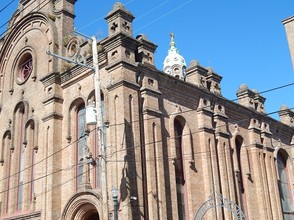
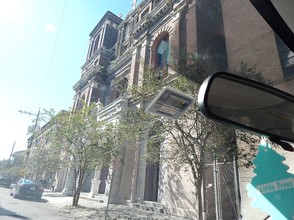
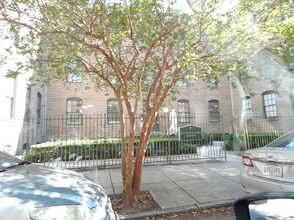
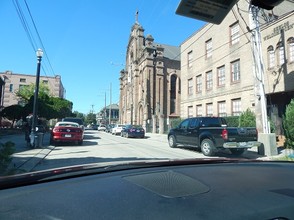






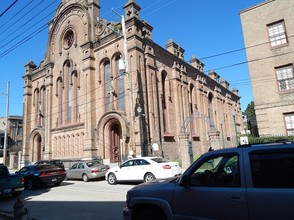
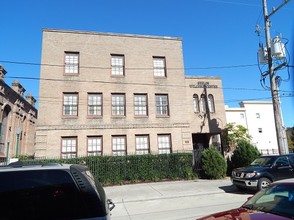
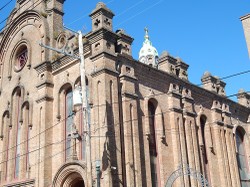

 Mardi Gras Collectibleson 02/02/2023
Mardi Gras Collectibleson 02/02/2023
 Choosing a Christmas Table Centerpieceon 11/14/2022
Choosing a Christmas Table Centerpieceon 11/14/2022
 S.T.E.M. Study Models Enhance Science Learningon 09/01/2022
S.T.E.M. Study Models Enhance Science Learningon 09/01/2022
 Studying Mathematics, the Techniqueson 09/01/2022
Studying Mathematics, the Techniqueson 09/01/2022

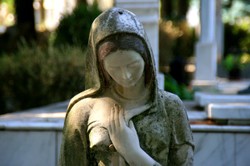

Comments
Rethinking who can be ordained a priest might help augment the numbers of priests, just focusing on single men is a mistake. But you are right, the more people who come to church, the more vocations there might be.
Currently, parishes are being merged. This is due to too few priests. Most of the closed churches are allowed to open for weddings. But, when parishes merge they are close to each other. The nearest parish to the one mentioned in this article is about six blocks away. The problem seems to be vocations. We are asked to pray for vocations, but I am not certain we are asking for what is really needed. I feel there will be vocations enough to take care of us, and maybe what we should pray for is to have more people start attending churches in our current secular age. If more people come to church, the vocations might just follow. So, perhaps our focus should be on prayer to fill pews. Then allow God to do the rest.
What lovely architecture .. ...
I am fascinated to see how the Church is faring in other locations. Here we don't have a resident priest . The priest from a neighbouring parish visits three times a week. That's it.
I know of churches that have been replaced, then repurposed, in other parishes, but this is the only case I know of where multiple churches were in use at the same time. We have some places where a priest travels,but not walk one way or the other depending on which church he is going to.
A good article focusing on local religious history, Such focused study is a vital part of history.
In my parish, which is extended by amalgamations, we currently have three churches, but two are redundant, and ne will probably be demolished. The other contains work by the sculptor/architect, Pugin, so is preserved for historical reasons.